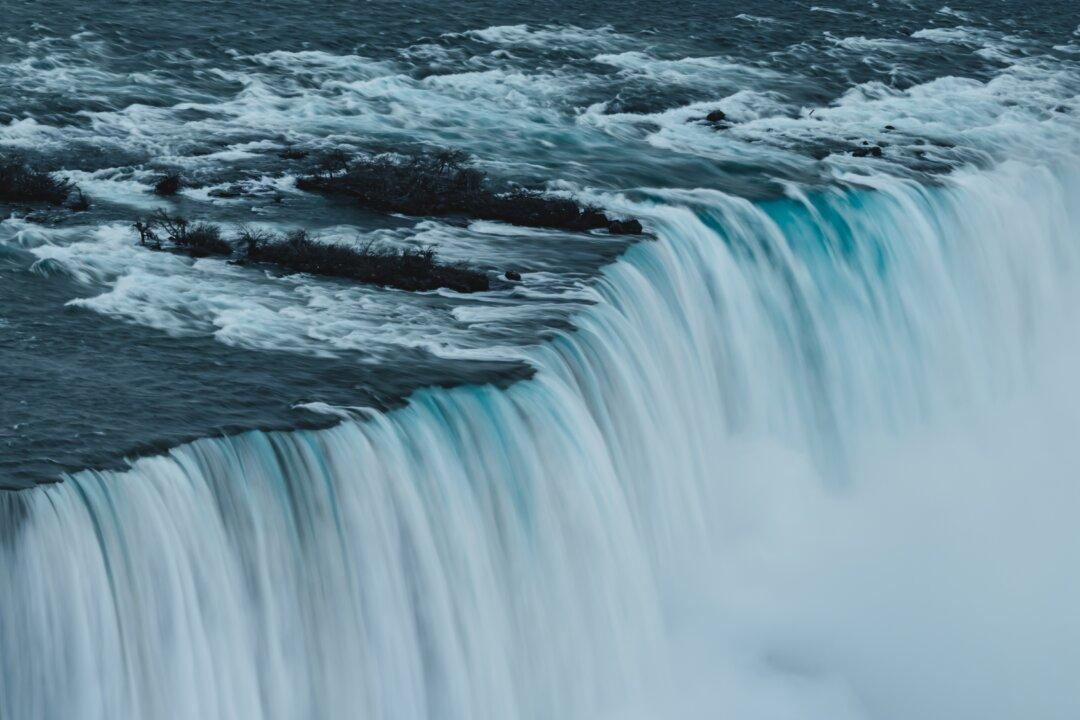Supermassive black holes are exotic astrophysical objects harbored at the centers of galaxies. Their masses can reach 1 million to 1 billion times larger than our sun, and their gravitational force is so strong that even light cannot escape; hence the name “black” holes.
Dark matter is a mysterious form of matter that lurks in galaxies and clusters of galaxies. It gives a strong gravitational pull but emits no light, so it is known as “dark.”




